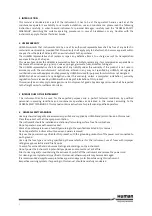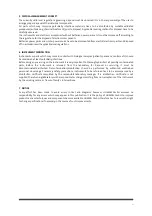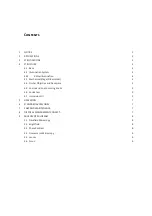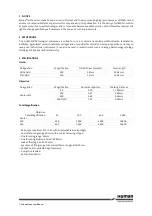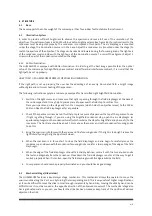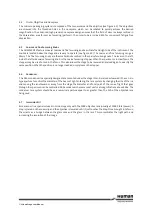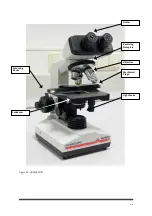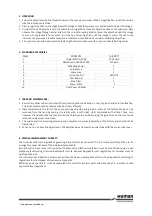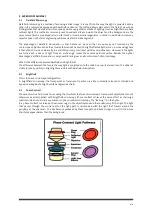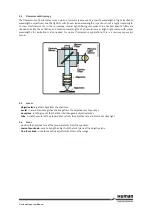
5/9
+XPD6FRSH
8VHU0DQXDO
4.4
Ocular, Objective and Nosepiece
The microscope imaging system is composed of the two oculars and the objective (see figure 4.0). The objectives
are screwed into the threaded holes in the nosepiece, which can be rotated to quickly achieve the desired
magnification. The advanced, high-precision nosepiece design ensures that the field of view is always centred in
the observation area for precise focussing (parfocal). The ocular tube is inclined 450 for convenient, fatigue-free
observation.
&RDUVHDQG)LQH)RFXVVLQJ.QREV
The HUMASCOPE features coaxial coarse and fine focussing knobs on the left and right side of the instrument. The
knobs are located below the stage and are easy to operate (see figure 4.0). The coarse and fine focussing range is
30mm. The fine focussing knobs are the smaller knobs centred in the coarse focussing knobs. The lever on the left,
inside the left-side coarse focussing knob, is the coarse focussing stopper. When the specimen is in clear focus, the
stopper may be used to lock in the focus. This also allows the stage to be lowered and raised again to exactly the
same position. When the position is no longer needed, simply loosen the stopper.
&RQGHQVHU
The Abbe condenser is a specially designed lens mounted under the stage. It can be raised or lowered. It has an iris-
type aperture to control the diameter of the beam of light entering the lens system. By changing the size of the iris
and moving the lens toward or away from the stage, the diameter and focal point of the cone of light that goes
through the specimen can be controlled. Abbe condensers become most useful at magnifications above 400x. The
condenser lens system should have a numerical aperture equal to or greater than the N.A. of the objective lens
being used.
,PPHUVLRQ2LO
Immersion oil is a special oil used in microscopy only with the 100X objective lens (usually at 1000X total power). A
drop is placed on the cover slip and the objective is lowered until it just touches the drop. Once brought into focus,
the oil acts as a bridge between the glass slide and the glass in the lens. This concentrates the light path and
increasing the resolution of the image




